Yes, Even Creative Writing
What if the most powerful tool for teaching creative writing—or any subject—wasn’t originality, but copying?
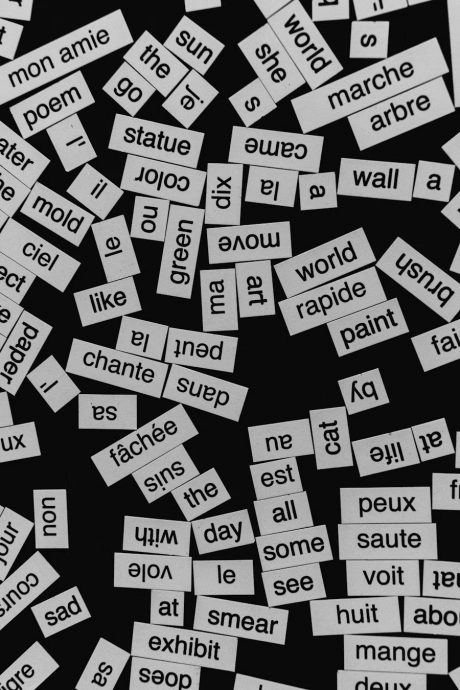
In a brilliantly disruptive workshop at Goldsmiths, artist and educator Dr Cath Clover introduced a radical approach called Uncreative Writing coined and developed by Kenneth Goldsmith. Drawing on practices such as borrowing, remixing, transcribing, and erasure, Clover’s method invites us to rethink authorship, embrace collaboration, and free students from the paralyzing pressure to “be original.”
Clover is a multidisciplinary artist whose work explores voice, language, and listening—particularly within urban environments and multispecies contexts. Her practice spans public artworks, soundwalks, installations, and collaborative texts, and she teaches at Goldsmiths (London) and Swinburne University (Melbourne). Her emphasis on accessibility, sonic space, and found material underpins her pedagogic approach.
“The only rule of uncreative writing is to borrow and use the work of others.” – Dr Cath Clover
Below are five ways this playful, critically rigorous practice can turbocharge your teaching across subjects—from English and media to science, art, and beyond.
1. Copy to Critique: Why Borrowing Isn’t Cheating—It’s a Method
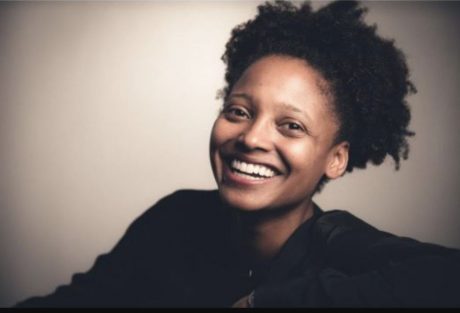
Clover is clear: uncreative writing is not plagiarism. It’s a mode of critical literacy. Even when two students copy the same sentence, they’ll interpret and reframe it differently.
“Uncreative writing critiques the original writing. It uses critical thinking. It describes, explores, examines, analyses, evaluates, reflects.”
From Kenneth Goldsmith’s transcription of traffic reports to Tracy K. Smith’s poetic erasure of the U.S. Declaration of Independence, copying becomes a form of resistance—and self-expression.
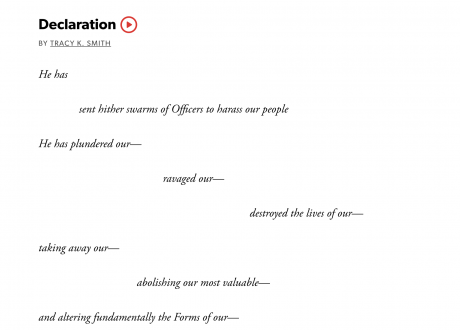
🪄 Teaching Tip: In English or politics, remix five news headlines into a poem or monologue. What hidden narratives emerge?
2. Make Room for the Reader: The Death of the Author, the Birth of the Audience
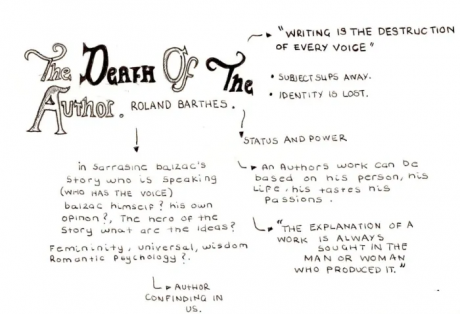
Clover draws on Roland Barthes’ theorisation in his famous essay Death of the Author that a text’s meaning is shaped not by its author, but by its reader. The author’s intentions can never be fully understood or conveyed.
This is liberating—especially for students intimidated by originality.
“Without a reader, what does a piece of writing do?”
This approach shifts emphasis from “creating” to interpreting—encouraging students to reframe existing materials and locate new meaning in the act of reading itself.
🪄 Teaching Tip: Ask students to transcribe or re-perform a text and discuss how their interpretation reshapes it.
3. Uncreativity = Accessibility: Everyone Gets to Join In
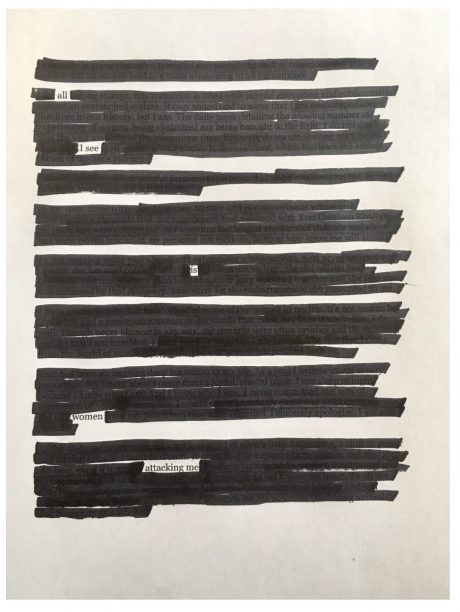
One of the most powerful aspects of Clover’s approach is its inclusivity. It breaks down hierarchies and enables participation across disciplines and ability levels.
“This is a method for all students—it’s accessible, open-ended, generative, inclusive, and adaptable.”
Whether in a drama class or a sociology lecture, uncreative writing opens up critical and creative pathways for every learner.
🪄 Teaching Tip: Try Clover’s Google-collage: Search a term, copy the first sentence from the first five results, rearrange them. What meaning emerges?
4. It’s Not Just for Writing: Visuals, Voices, Videos & Vibes

Clover encourages uncreativity across media—inviting students to rework sounds, videos, or images.
“Language is material. Like clay or paint or wood. Something to play with, to shape, to assemble, to construct.”
She draws on artists like Tracey Moffatt, whose video Other (2009) re-edits romantic film scenes to reveal racialised power dynamics and cultural taboos. In Clover’s words, this is “additive, not destructive” creativity.
🪄 Teaching Tip: In media or art, ask students to remix found footage or images to challenge a cultural norm.
5. The Fun of Found Forms: Lists, Sonic Collage, and Strange Instructions
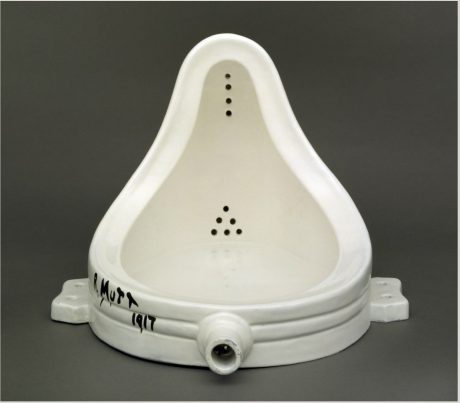
Uncreative writing invites students to remix the mundane into the meaningful—whether by creating blackout poems, absurd instructions, or audio mash-ups.
“New ideas can be disruptive, uncomfortable… but also humorous and playful. And humour is a really good access point for critical thinking.”
This method embraces both the silly and the serious—inviting students to play with language as a political and aesthetic act.
🪄 Teaching Tip: Have students collect brand slogans or product descriptions and remix them into protest poems or surreal monologues.
🎒 Bonus Resource: Clover’s 10 Uncreativity Exercises
Including:
- Google-copy collages
- Remixed instructions
- Erasure poems
- Audio transcriptions
- Recreated photographs
Please access Cath’s ideas here:
🎬 Tracey Moffatt’s Other – Remixing Romance, Revealing Power
Clover closed her workshop with Other, a haunting short film by artist Tracey Moffatt that reassembles Hollywood’s romantic clichés to expose their colonial and racial undertones. By remixing what’s familiar, Moffatt makes the invisible visible.
“Uncreative methods help us manage the flood of imagery and language in the digital age. They offer a way to respond critically, not just consume passively.” – Dr Cath Clover
🪄 Teaching Tip: Ask students to remix YouTube clips, TikToks, or adverts to subvert mainstream narratives about love, gender, or identity.
📚 References
- Barthes, R. (1977). Image, Music, Text. London: Fontana.
- Goldsmith, K. (2007). Traffic. Los Angeles: Make Now Press.
- Goldsmith, K. (2011). Uncreative Writing: Managing Language in the Digital Age. New York: Columbia University Press.
- Joyce, J. (1939). Finnegans Wake. London: Faber & Faber.
- Mitchell, M. (1936). Gone With the Wind. New York: Macmillan.
- Moffatt, T. (2009). Other [Video].
- Nemerov, A. (n.d.). First My Motorola [Poem].
- Place, V. (2009). Miss Scarlett. In: Conceptual Writing Anthology.
- Smith, T. K. (2018). Declaration. Minneapolis: Graywolf Press.

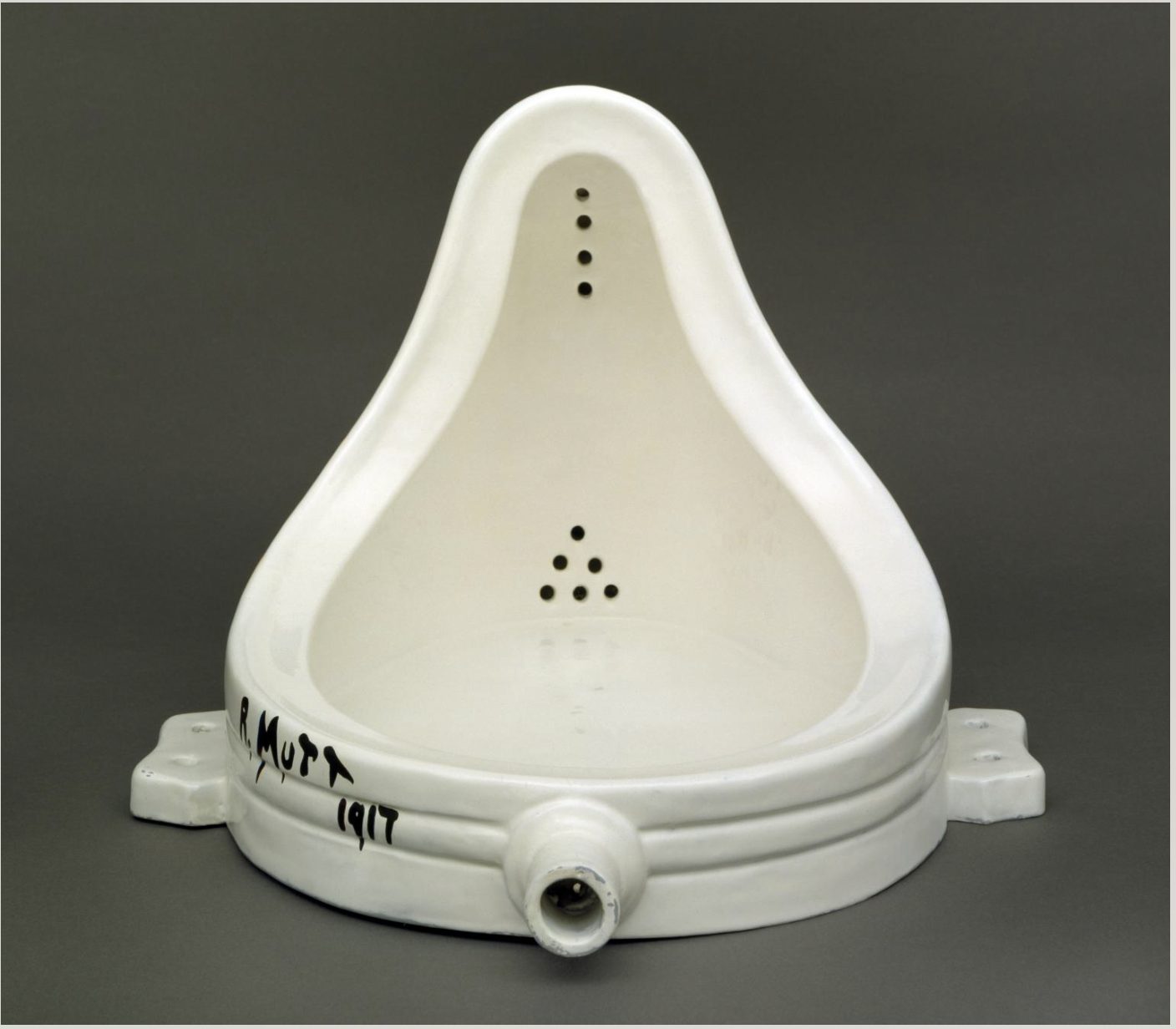
Leave a Reply